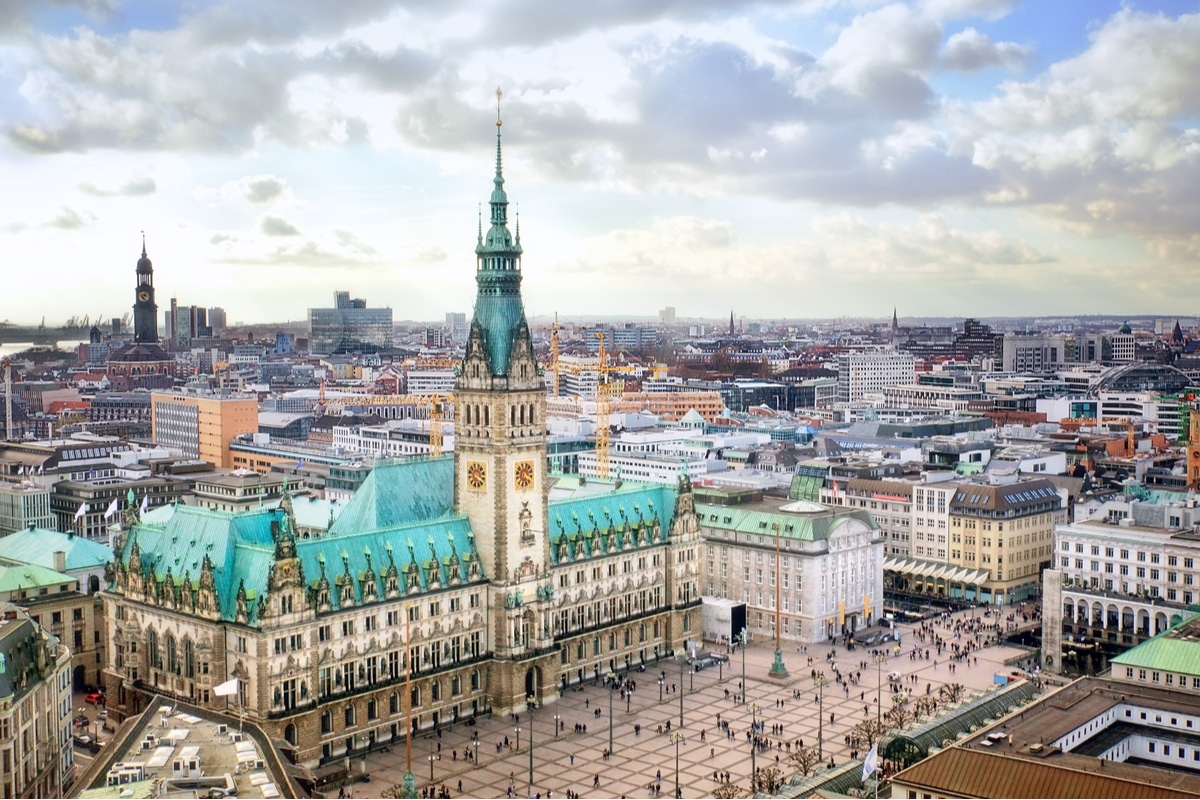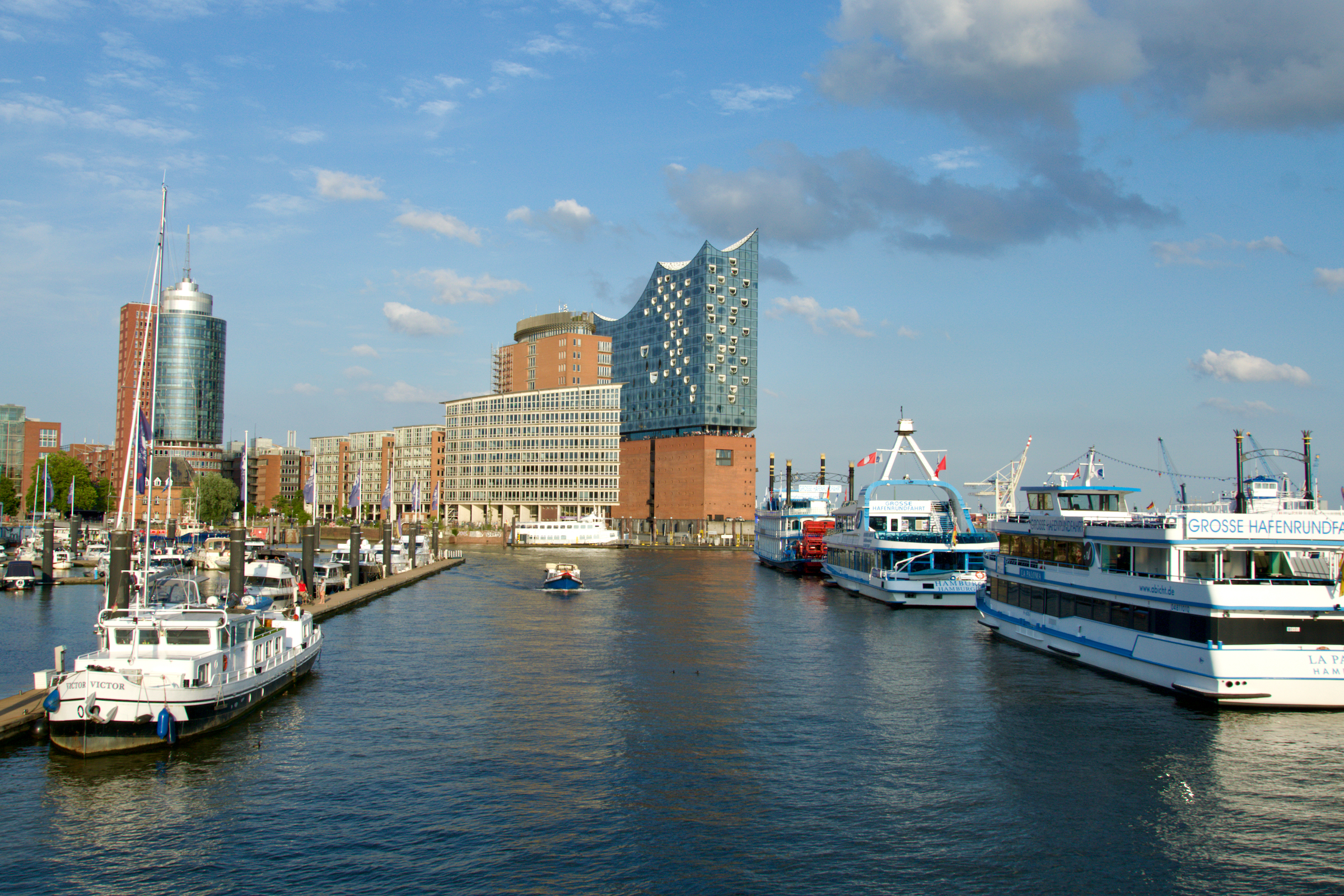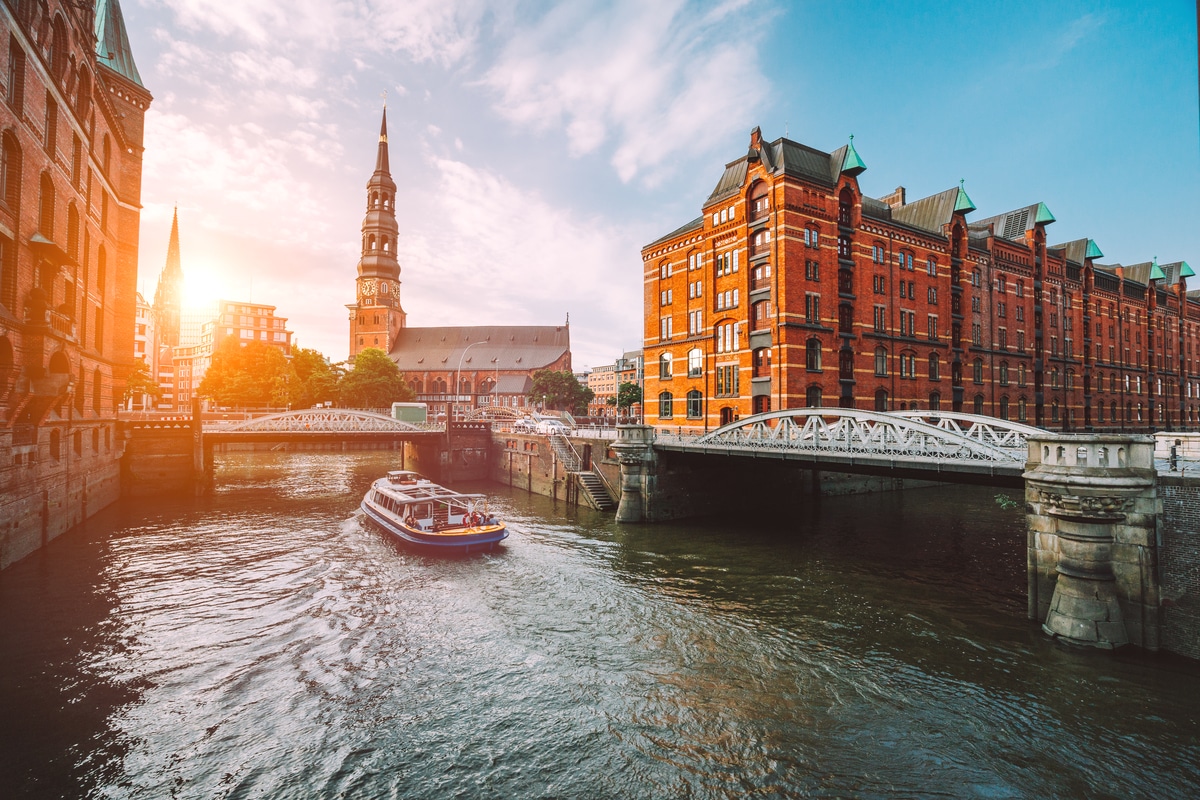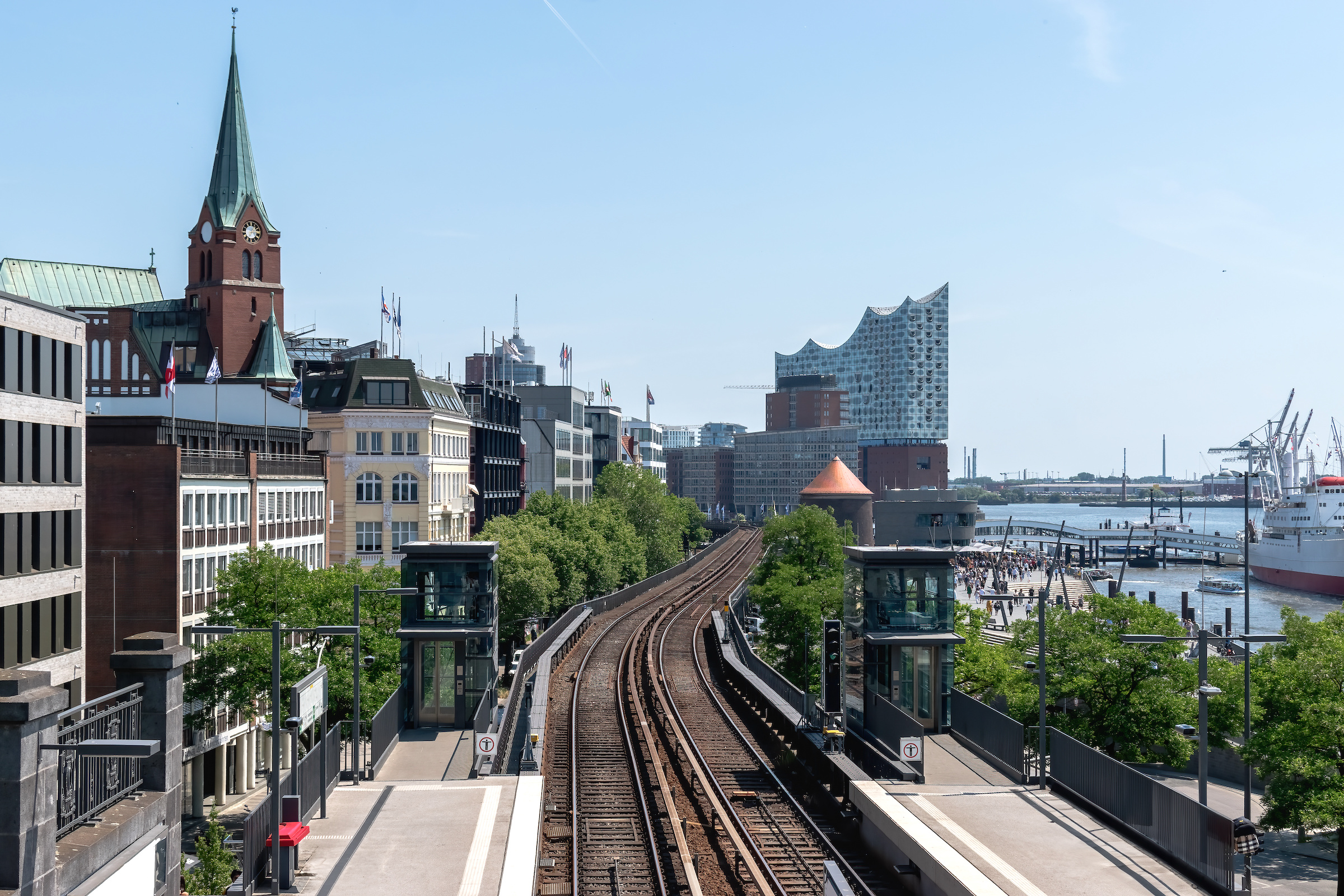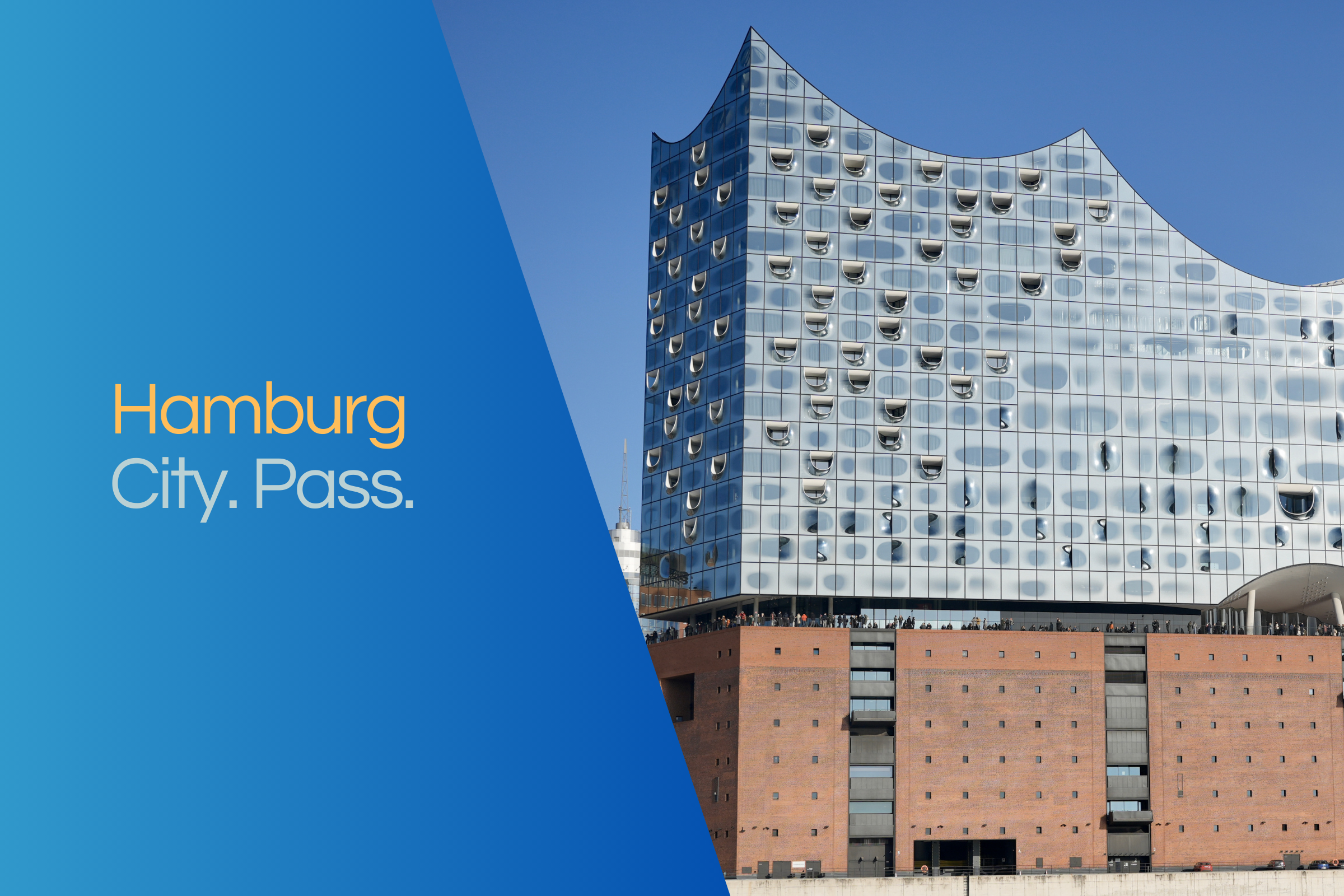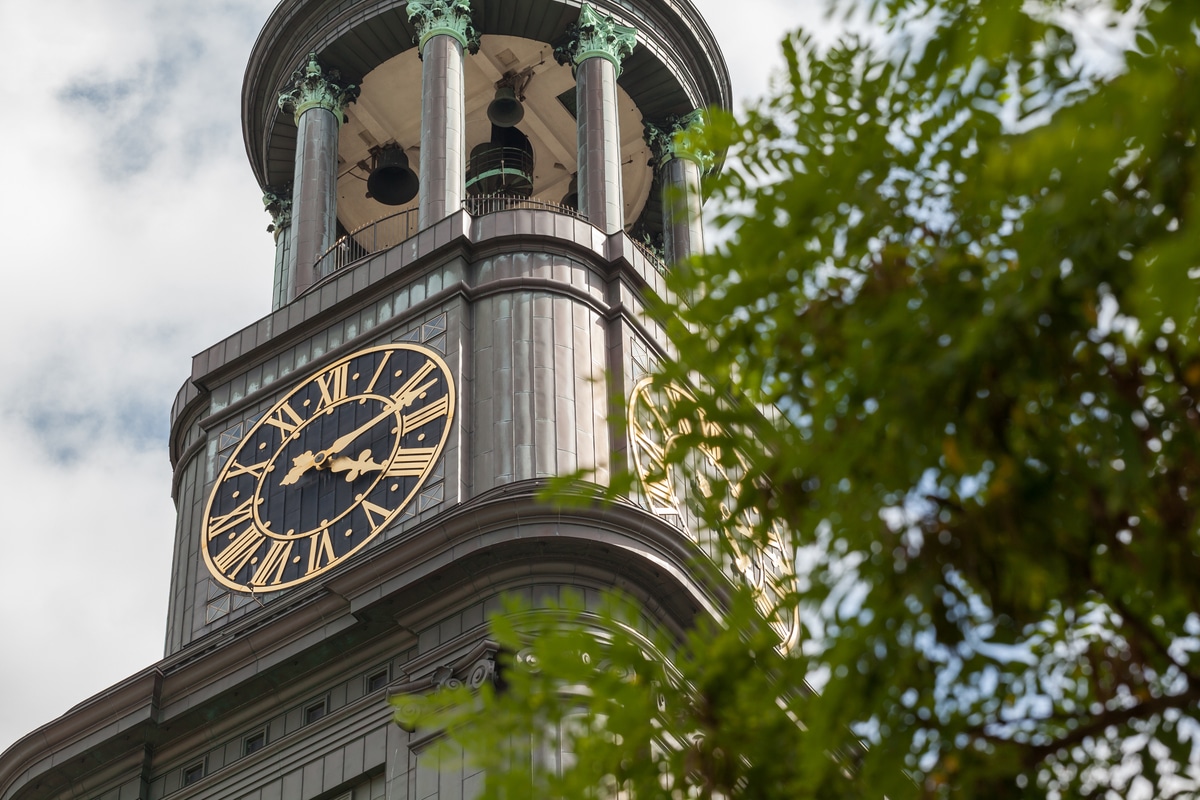Built at the end of the 19th century in the immediate vicinity of the Alster, Hamburg City Hall is probably the most representative large building in the city area of the Free and Hanseatic City. As the seat of both the government of the city state, known in Hamburg as the "Senate", and the parliament, known as the "Bürgerschaft", the City Hall is the epicentre of Hamburg politics. In addition, the building at the Rathausmarkt, which functions as the central square of the city centre, is the starting point or destination of many city tours.
City Hall No.6
The current Town Hall is the sixth in the series of buildings used as city government switchboards. After the destruction of the Old Town Hall at the Trostbrücke during the Great Fire of 1842, it took more than five decades until Hamburg got an official town hall again. Until its inauguration in 1897, the Hamburg authorities were housed in temporary buildings.
Neo-Renaissance on the Alster
The long wait was worth it. The two-winged building, which was erected in eleven years under the direction of the star architect Martin Haller, is impressive without being ostentatious. In the middle of the 113-metre-long front side, a 112-metre-high clock tower rises into the air, thus dividing the town hall into two equal parts. The historicist facade is richly decorated and has several remarkable eye-catchers. For example, the phoenix on the tower, which is intended to remind us of the reconstruction of Hamburg after the Great Fire.
Also remarkable are the twenty window niche statues of twenty emperors of the Holy Roman Empire of the German Nation. Above them Hamburg's city symbol Hammonia as well as allegories of civic virtues such as concord and prudence underlining the Hanseatic republican self-image.
Harmoniously divided in two also in the interior
As already indicated on the outside, the town hall, which is largely accessible to the public, is also divided into two parts on the inside. Two staircases lead from the representative, lavishly decorated entrance hall. The right staircase leads to the senate area with the council chamber, the left one to the parliament area with the plenary hall. The most magnificent of the almost 650 rooms in the town hall are the Great Banqueting Hall, the Emperor's Hall and the Citizens' Hall.
Adjacent to the town hall is the worth seeing inner courtyard, which borders on the Hamburg Stock Exchange and is reminiscent of an Italian piazza.
